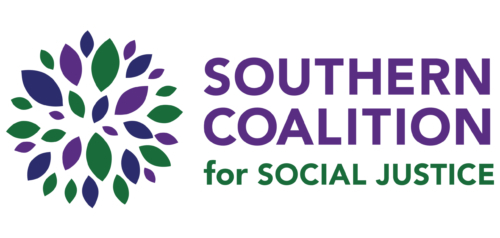The American Prospect Longform recently published an article entitled, Is There Hope for the Survivors of the War on Drugs? by Senior Writer Monica Potts. Her piece begins with a short chronicle of the life challenges facing a man known as Mr. Jones, the circumstances that led Mr. Jones into prison, and the complexity of his life after exiting.
The question posed by this piece’s title begs an answer: Yes, there is always hope. Hope is not something that can be ‘given’ to anyone. It rests dormant or awake inside all of us, although the circumstances we face have the power to dampen or heighten the strength of that hope. An additional question to consider is: What impedes one or many from manifesting this nebulous feeling of ‘hope’ into freedom and fulfillment?
For Mr. Jones and, ostensibly, for most of the men that Potts highlights in her piece, experiences behind bars became so embedded in the fabric of reality that even physical departure from the oppressive prison environment did not fully translate into a psychological well-being. That Mr. Jones set up his new living space in a strikingly similar manner to a prison cell speaks volumes.
Potts draws out some of the socio-ecological dis-eases that displace, not just Mr. Jones, but too many young Black males’ projectile motion to living behind bars. Throughout her piece, Potts describes the dangerous and unstable environment that Mr. Jones grew up learning to navigate. Compounded with the psychological stress that is born out of living in an over-policed, economically disadvantaged neighborhood, Mr. Jones’s emotional trauma manifested in a ‘rebelliousness’ that interfered with his educational attainment; dropping out of high school during his junior year and employing his wit to get by as well as he felt he could.
Mr. Jones did not just become a survivor after exiting prison, he had been employing survival tactics his entire life. And having ‘hope’ has been a critical part of his journey. Unfortunately, the fabric of our society chokes the livelihoods of some and pads those of others such that having ‘ hope’ isn’t enough to secure stable economic mobility. For Mr. Jones and others like him, critical social supports were not in place to level the playing field and give him a chance at success.
STRIVE, a workforce development program managed under The Center for Urban Families in Baltimore, MD, emerges as an organization in West Baltimore that offers Mr. Jones and other men with similar stories a ‘safe space’ to stay out of trouble because according to one STRIVE graduate, “there aren’t too many places in Baltimore where men can be positive together.” So, even outside of prison walls, people feel trapped.
What are communities doing to lift up or reestablish the dignity and connectedness that is undermined by hostile environments like that which Mr. Jones was born into? FADE and SpiritHouse:Harm Free Zones are two Durham-based social justice entities that seek to do just that–carve out spaces and establish policies that remove the ecological blockages that keep communities of color from thriving in their fullness.
Southern Coalition for Social Justice (SCSJ) is engaged in supporting these efforts exactly. As partners with FADE and as providers of free legal services for formerly incarceration individuals, SCSJ is committed to helping advance efforts that strengthen the social fabric that holds communities of color together towards transformative justice.
Post by SCSJ Troan Intern Adé Oni
